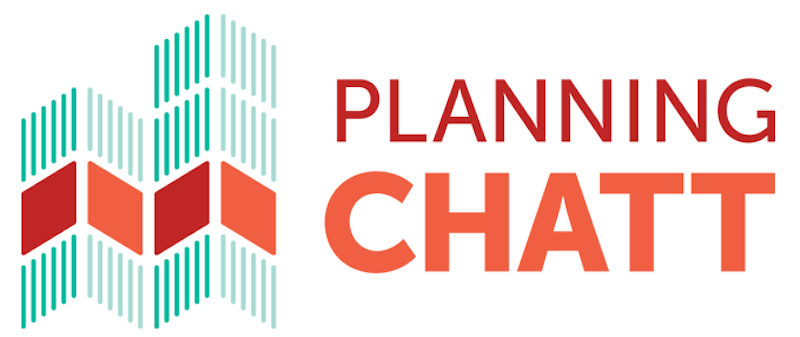
Ryan White HIV/AIDS Program (RWHAP) Part A planning councils/planning bodies (PC/PBs) use a range of methods to gather information about the service needs and barriers that community members with HIV face. Focus groups are essential because they ensure that planning councils hear directly from people with HIV (PWH).
Focus Groups with People with HIV as a Component of RWHAP Part A Needs Assessment (tool series) is a set of “how-to” resources provides tools and templates for planning and conducting focus groups with people with HIV as part of RWHAP Part A needs assessment. The resource set includes an overview of focus groups and steps for implementation, a sample participant consent form, a focus group planning template, a sample focus group recruitment plan, a sample focus group discussion guide, a demographics questionnaire for participants, an outline for a focus group report, and links to focus group materials from planning councils around the country.
More Resources
For more information on RWHAP Part A needs assessment, check out these Planning CHATT resources:
- Training Guide for RWHAP Part A Planning Councils/Planning Bodies: A Member’s First Planning Cycle. Module 4: Needs Assessment
- Quick Reference Handout 4.1: Needs Assessment - Putting the Pieces Together
- Town Hall Meetings: A RWHAP Needs Assessment Tool
CHATTing about HIV Planning: Word of the Month
RWHAP Part A Needs Assessment
RWHAP Part A planning councils conduct needs assessments to learn about PWH in their area who need services, what services they need, their experiences in seeking care, and their barriers to care. Another main focus of RWHAP Part A needs assessment is to learn about HIV medical and support service providers in the service area, where they are located, what services they can provide, and what PWH groups they focus on and serve. Planning councils use many methods to gather this information, including focus groups, town hall meetings, interviews and surveys of consumers and service providers, in addition to looking at data from the health department on the characteristics of PWH living in the service area. Planning councils use the findings of needs assessment to identify gaps in services, make decisions about types of services to fund with RWHAP Part A dollars, and develop service standards and directives to improve the access to and quality of HIV medical and support services in the EMA or TGA.
Enjoying our emails? Encourage your colleagues to join the Planning CHATT listserv to receive updates about new and helpful resources, be the first to hear about upcoming webinars, and learn other useful information to support PC/PB planning and operations.
Access more Planning CHATT resources.